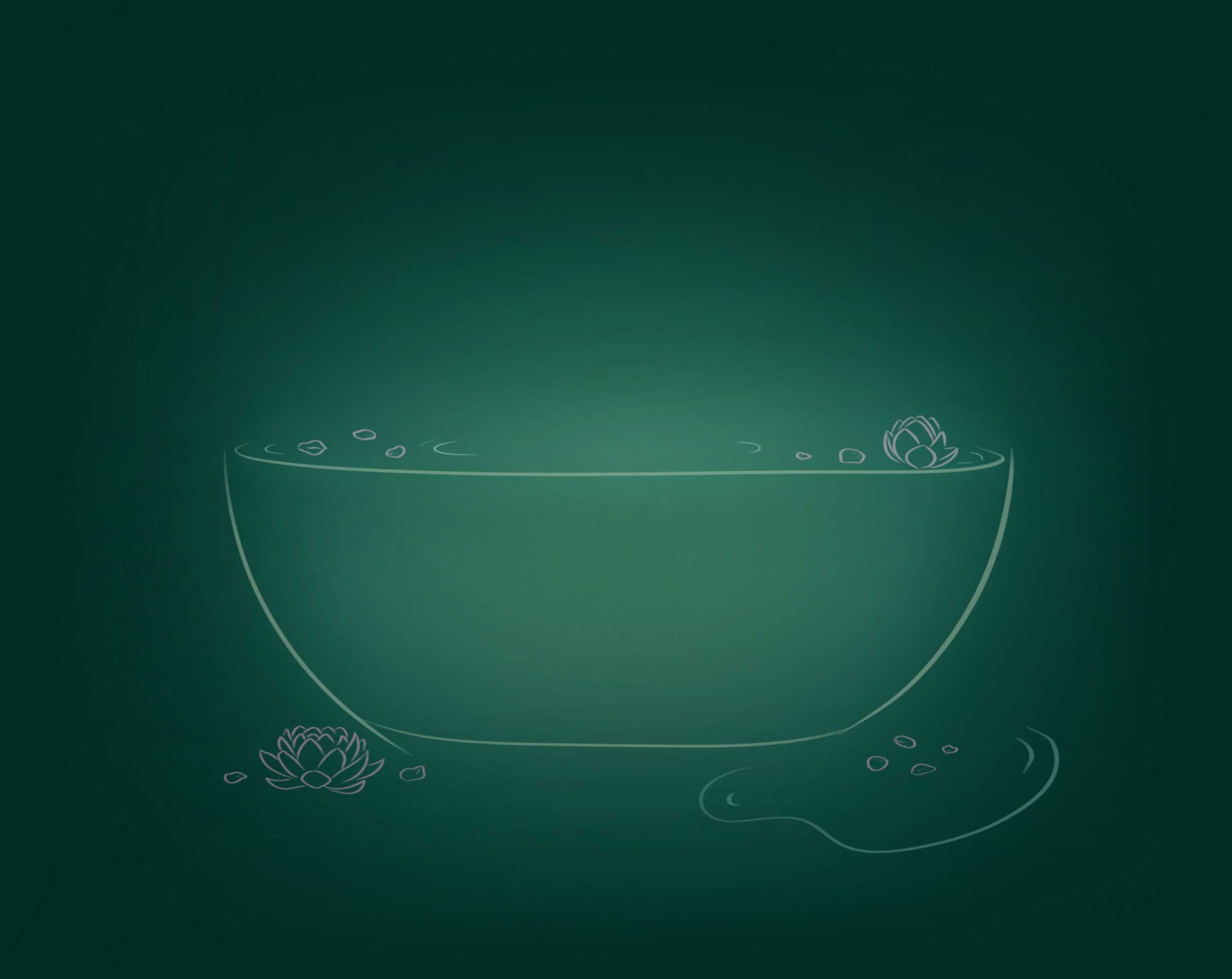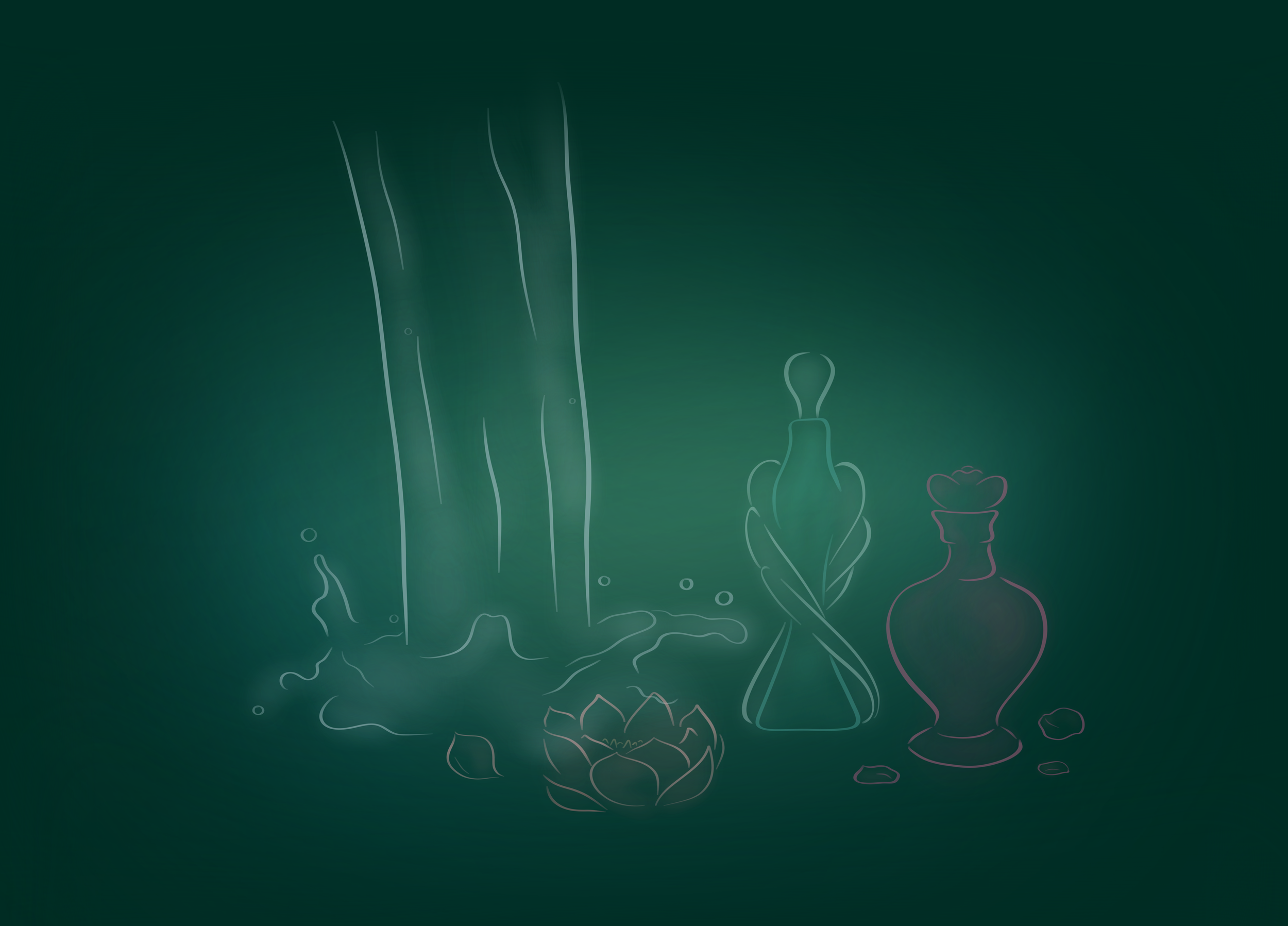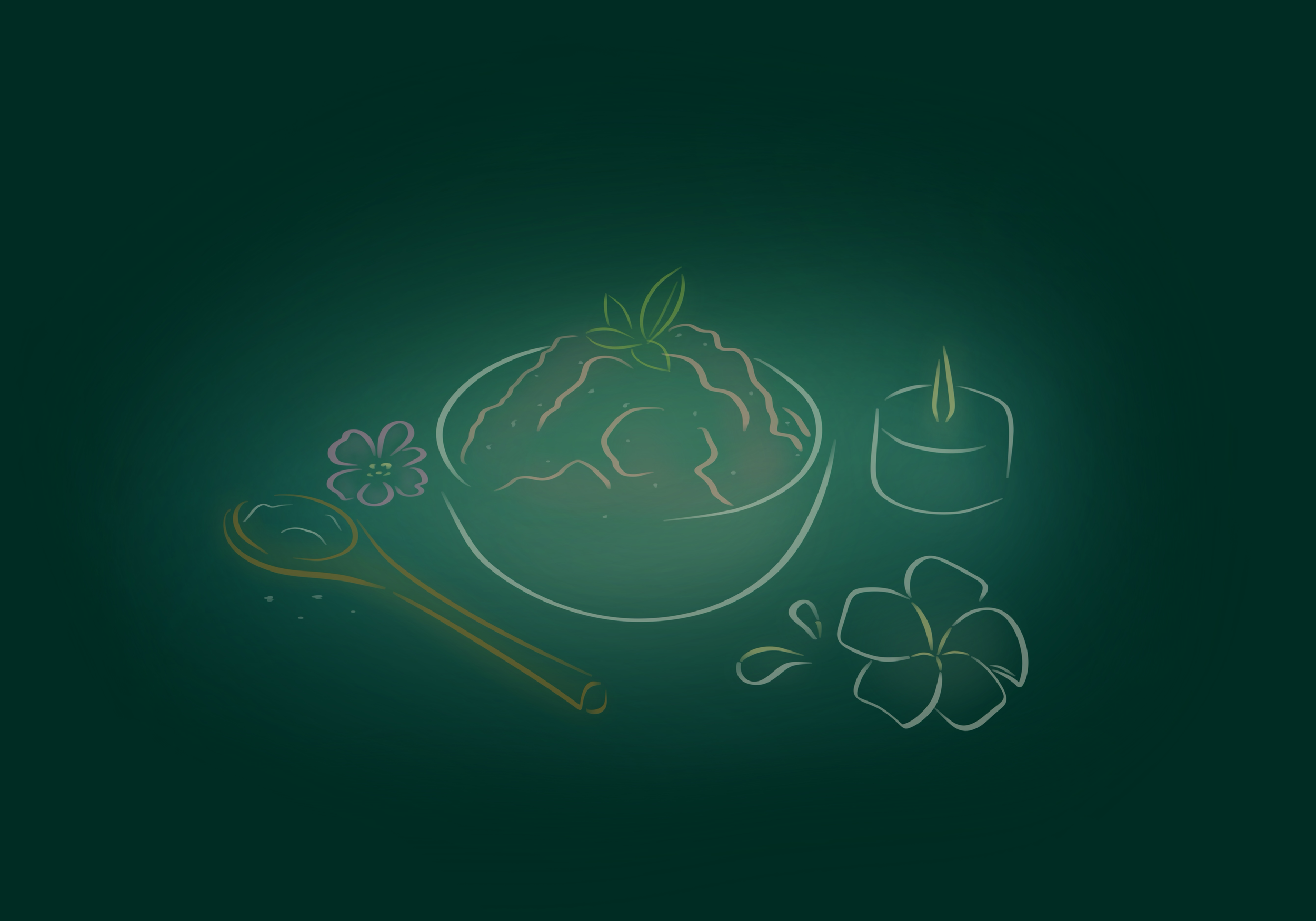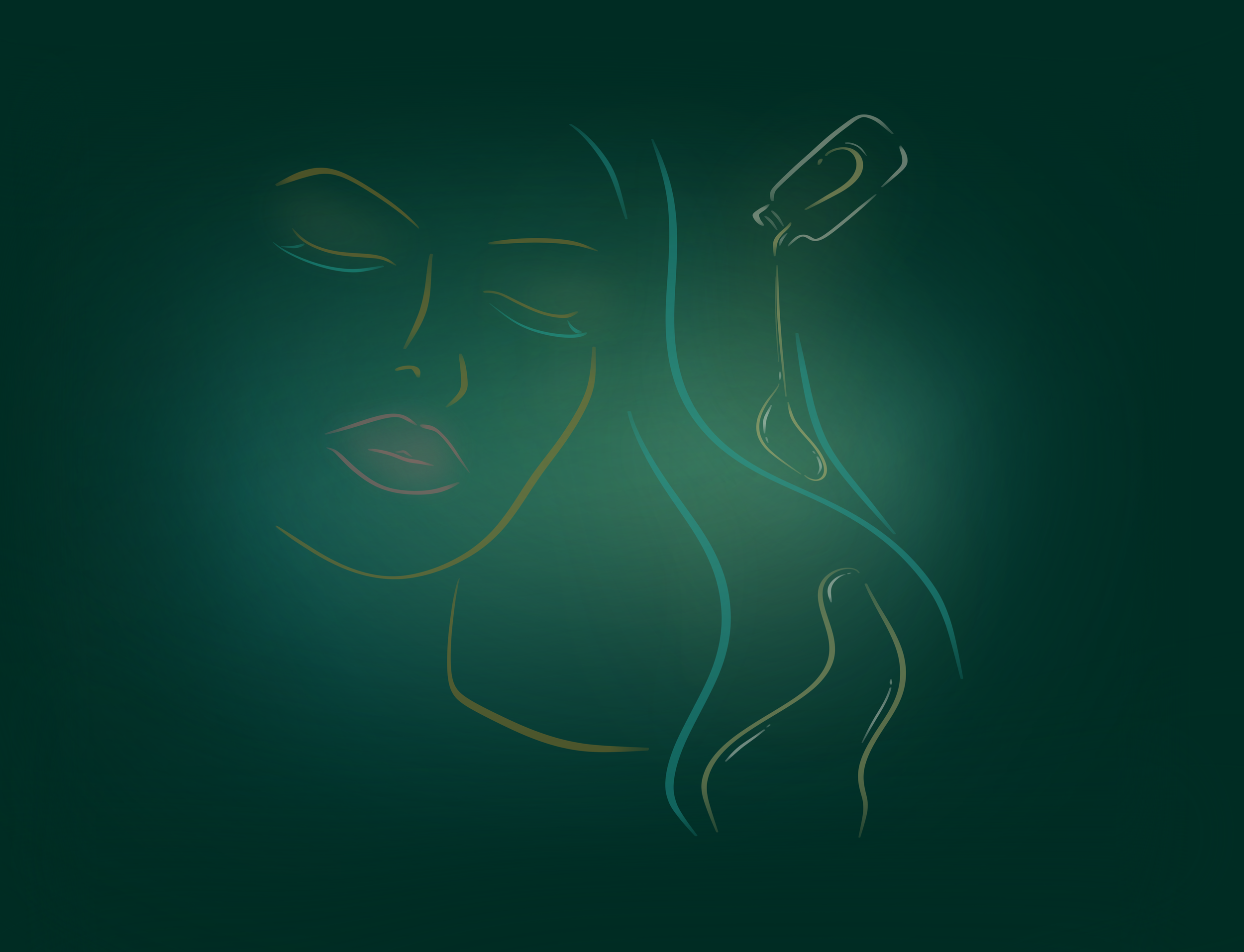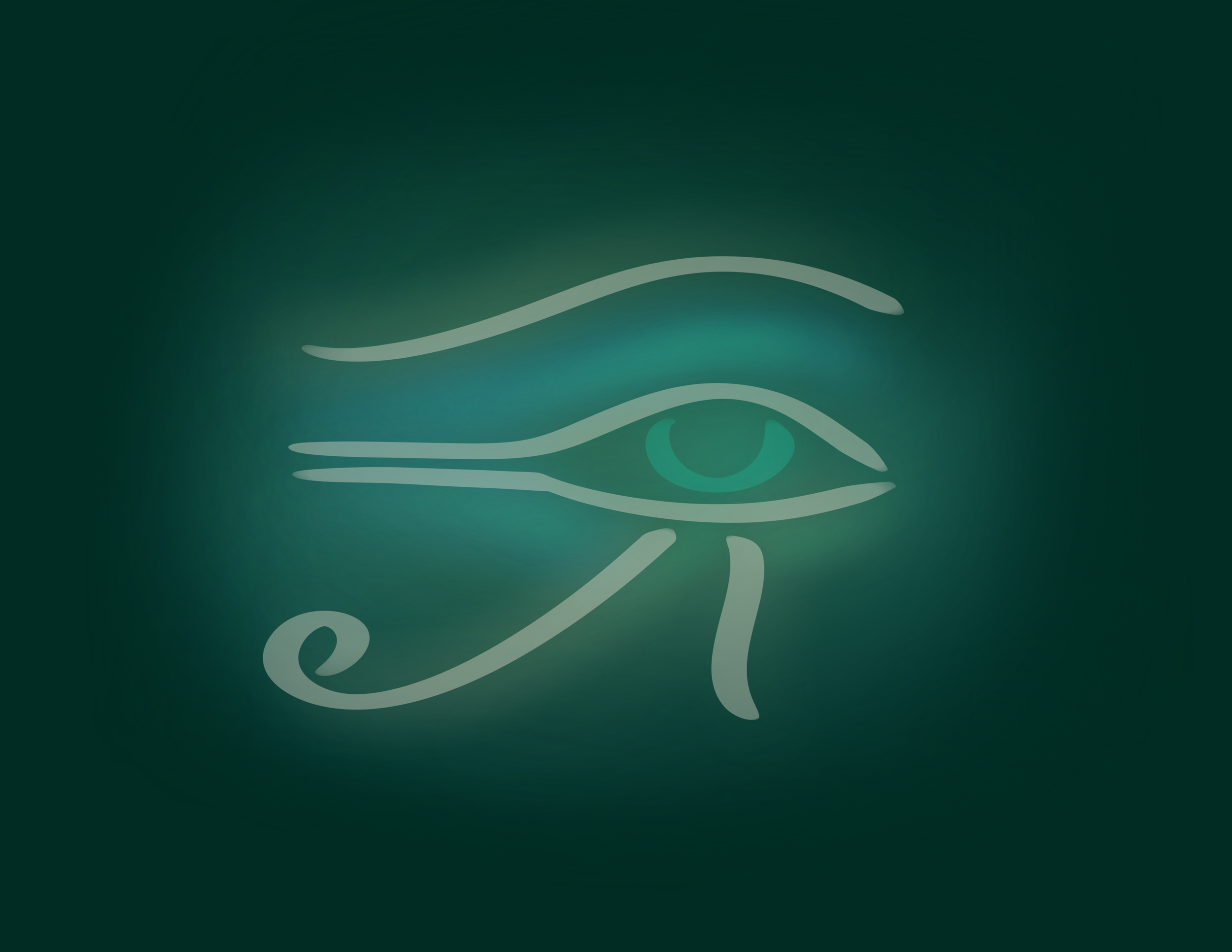Cleopatra’s Ancient Beauty Rituals
If you were to travel back in time about 2,000 years to the Egyptian capital of Alexandria, you’d find yourself in the heart of a bustling cosmopolitan empire. Taking a river barge along the Nile, you’d step onto its papyrus-lined banks and see a grand palace of gilded marble, gleaming in the desert sunlight. As you enter the imperial palace and follow the scent of jasmine and incense, you might come across the royal bath chamber. Inside, servants would be pouring goat’s milk, honey, and fragrant oils into a grand alabaster basin. And you might even glimpse Egypt’s last Pharaoh, Queen Cleopatra, standing wrapped in a fine linen robe, in the midst of her daily beauty and cleansing ritual.
Embedded in Ancient Egyptian culture was a commitment to cleanliness & beauty that determined the way the people lived their daily lives. The Egyptians saw their hygiene practices as sacred rituals to be performed daily with reverence, and often, extravagance. Of all the ancient rulers, none is more remembered for her lavish beauty rituals than the immortal Cleopatra. Her affinity for infusing every part of her life with a sense of high drama remains legendary.
The following rituals are inspired by the beauty routines of Cleopatra and other pharaohs who ruled Ancient Egypt with opulence and grandeur. Recreate them to bring a touch of dynastic luxury to your own beauty regimen.
Bathing
Milk & Honey Bath
As a child, I remember hearing the story of the Egyptian queen who bathed in the milk of 700 donkeys each day to keep herself young and beautiful. Her taste for decadence was beautifully audacious, and the lavishness of this ritual has stayed with me ever since.
To recreate your own:
Prepare your bath: Dissolve ½ cup of raw, unrefined honey into 500 mL of warm milk. Goat’s milk is ideal for its exfoliating lactic acid, but coconut milk is a deeply moisturising plant-based alternative. We recommend using Manuka or Egyptian Clover honey. Pour the milk and honey mixture into a tub of warm water.
Add your fragrance: Enhance your bath with essential oils such as jasmine, neroli, or sandalwood.
Choose your flower:
Rose petals were sacred to Isis, the goddess of magic, love, and rebirth. They symbolise feminine sensuality.
Lavender buds symbolised peace and spiritual protection, believed to enhance dreams and promote inner stillness.
*Blue lotus petals—Cleopatra’s reported favourite—were associated with awakening, divine beauty, and pleasure. A sacred flower in ancient Egypt, blue lotus is a calming aphrodisiac you can use to infuse your bath with pharaonic elegance. Its subtle psychoactive effects are often described as mildly euphoric, calming, and dreamlike. While non-hallucinogenic, it has been used to enhance meditation, promote lucid dreaming, and relieve anxiety.
Skincare
Frankincense & Myrrh Facial
Frankincense and myrrh were sacred resins used in Ancient Egypt for cleansing rituals, perfumery, and offerings to the Gods. Their powerful properties remain just as valuable in modern skincare.
To recreate the ritual:
Prepare your steam: Add about a ½ teaspoon of frankincense & myrrh resins to 500 mL of boiled water in a boil.
Steam your face: Drape a towel over your head and steam for 5–10 minutes. Relax, breathe deeply, and let the aromatic vapours purify and cleanse your skin.
Benefits: This ritual opens the pores and deeply cleanses the skin. With regular use, it may help fade hyperpigmentation and even out skin tone. The boswellic acids found in the resins promote cell turnover, reduce the appearance of fine lines, and help firm the skin.
Rosewater & Lotus Toning
The lotus flower closes at night and blooms again with the dawn, echoing the sun's cycle. To the ancient Egyptians, both the blue and white lotuses symbolised creation, resurrection, and immortality.
Roses were a symbol of royalty & luxury, and represented sacred femininity.
Many swear by the classic the Lotus Probiotic Toner by Youth Biotics, as well as Chantecaille’s Pure Rosewater.
If you prefer to make the toners from scratch….
Add 2 tablespoons of your choice of petals to 200 mL of distilled water.
Simmer gently for 15–20 minutes, until the petals lose their colour.
Strain the liquid, allow it to cool, then stir in 1 teaspoon of glycerin for added hydration.
Store in a glass spray bottle or jar in the refrigerator for up to 3 weeks.
Mist the toner over your face after cleansing, before applying oil or moisturizer, and if you like, throughout the day for rehydration.
Rose and lotus are rich in antioxidants, naturally soothing, and deeply hydrating.
Bodycare
Exfoliating with Natron
Natron is a naturally occurring mineral that the Ancient Egyptians used for exfoliating & embalming during purification rituals .
To recreate the ritual:
Combine 1 tablespoon of fine sea salt, 2 tablespoons of baking soda, and 1 tablespoon of bentonite clay.
Add 1 tablespoon of raw honey and 2 tablespoons of your chosen oil—sweet almond, baobab, or marula work beautifully.
Enhance with a few drops of essential oil:
• Rose pairs well with sweet almond
• Vanilla absolute complements baobab
• Blue lotus goes best with marulaUse this scrub to gently exfoliate your body while bathing.
This revived version of natron cleansing is purifying, detoxifying, and nourishing to the skin.
Scented Body Oiling
Ancient Egyptians anointed their bodies daily with scented oils as an act of devotion to the self—an intimate act that honoured the body as a sacred vessel.
After bathing, while your skin is still damp, massage your body with nourishing oils such as argan, jojoba, or sweet almond. To enhance the experience, use oils infused with notes that complement the fragrance you plan to wear.
Ensure that you do not neglect the pulse points;
• Neck
• Wrists
• Inside the elbows
• Behind the knees
These areas naturally emit heat, amplifying your perfume. Body oil also primes the skin, intensifying and prolonging your scent. Wait 2–5 minutes before misting with your chosen fragrance.
For added luminosity, use a shimmer body oil:
Soleil Blanc Shimmering Body Oil by Tom Ford
Huile Prodigieuse Or by Nuxe
Major Glow Body Balm by Patrick Ta
In the daytime, use Kopari’s Sun Shield Body Glow for added protection.
Haircare
Hair Oiling
Egyptians oiled their hair regularly to maintain its strength, shine & symbolic power.
There are 3 main types of hair oils one can use in an ideal hair care routine:
Penetrating oils: These oils enter the hair shaft to reduce protein loss, strengthen strands, and deeply nourish. Use on dry or slightly damp hair as a pre-wash treatment, leaving it in for 1–3 hrs, or overnight. Babassu oil is great for all hair types, whilst coconut oil works best on thick hair with high porosity.
Sealing oils: These oils coat the hair to lock in moisture, smooth frizz, and add shine. Apply after water-based products like leave-ins or hydrating sprays, especially after styling. Jojoba, argan, and moringa are excellent for all hair types. Castor oil is especially effective for the ends of thick, high-porosity hair
Scalp oils: These oils nourish the scalp, stimulate growth, and help combat dandruff. Massage into a dry or slightly damp scalp, and leave in for 30 minutes to overnight. For best results, wrap your oiled hair in a silk scarf, or cover with a bonnet overnight. Wash out in the morning if needed. Use this practice 1–2x per week. Jojoba, moringa, and babassu oil are universally recommended.
Kyphi Perfume
In Egyptian culture, perfume symbolised divinity, power, and immortality.
According to historians Plutarch and Diodorus Siculus, Cleopatra was deeply involved in the arts of perfumery, chemistry, and cosmetics, and even had her own personal perfumery during her reign. She is said to have worn a scent composed of myrrh, cardamom, and cinnamon.
Kyphi was a sacred incense blend used in ancient Egyptian temples. Its aroma was believed to purify the air, promote relaxation, and facilitate spiritual connection.
To create your own kyphi-inspired fragrance:
Combine oils of cinnamon, myrrh, honey, wine, juniper, and raisins.
Alternatively, you can purchase the Kyphi scent from Olympic Orchids.
Apply to pulse points after bathing and oiling.
Makeup
Kohl Eyeliner
Kohl is an ancient eye cosmetic that has been used throughout North Africa, the Middle East, South Asia for thousands of years. Kohl was not used only for beauty–it was also believed to protect the wearer from the powerful glare of the desert sun, ward off evil spirits, and guard against the ‘Evil Eye.’
Historically, many kohl formulas were made with galena, a lead-based mineral that was toxic with prolonged use.
Ithmid (إِثْمِد) is a specific type of kohl made from antimony, a type of a natural stone. Ithmid is believed to cool and cleanse the eyes, strengthen lashes, and even sharpen vision. In Islam, applying kohl—particularly Ithmid—is considered a Sunnah practice for both men and women.
In the modern day, we have a wide variety of beautiful & safe kohl products available to us. Nefertari, an Egyptian brand, offers a selection of traditional, all-natural, handmade cosmetics—including kohl—true to ancient formulations.
Malachite Eyeshadow & Lapis Lazuli Pigment
Malachite
In ancient times, Egyptian queens and high priests adorned their eyes with crushed malachite—a shimmering green mineral associated with the god Horus. His falcon eye symbolized protection, vitality, and restoration. The cosmetic was thought to draw in divine energies, and was of course stunning to look at.
While raw malachite can be toxic, its rich emerald hue can be safely recreated with modern cosmetics.
Use ‘Blitz Emerald’ from the Mothership II: Sublime palette by Pat McGrath Labs, or ColourPop’s Super Shock Eyeshadow in Empire.
Lapis Lazuli
Lapis lazuli symbolised the flesh of the Gods, especially the goddess Isis and the sky goddess Nut. The stone was often carved into amulets, scarabs, and the Eye of Horus to guard against evil and enhance spiritual insight. Pharaohs and temple priests wore crushed lapis on their eyes for the ceremonial power & beauty.
Use ‘Crown Jewel’, a multichrome shadow by Clionadh Cosmetics, or ‘Primary Blue’ Colorfix Matte Cream by Danessa Myricks Beauty.
Please Note:
*Blue lotus is generally safe in small doses, but:
It is not recommended during pregnancy or when taking certain medications.
Its psychoactive effects vary depending on the person and dosage.
It is banned/restricted in some countries (e.g., not permitted for consumption in parts of the U.S.)
If you have any concerns about the potential effects of incorporating new botanicals or rituals into your personal care routine, please consult a qualified expert or healthcare provider before doing so.
